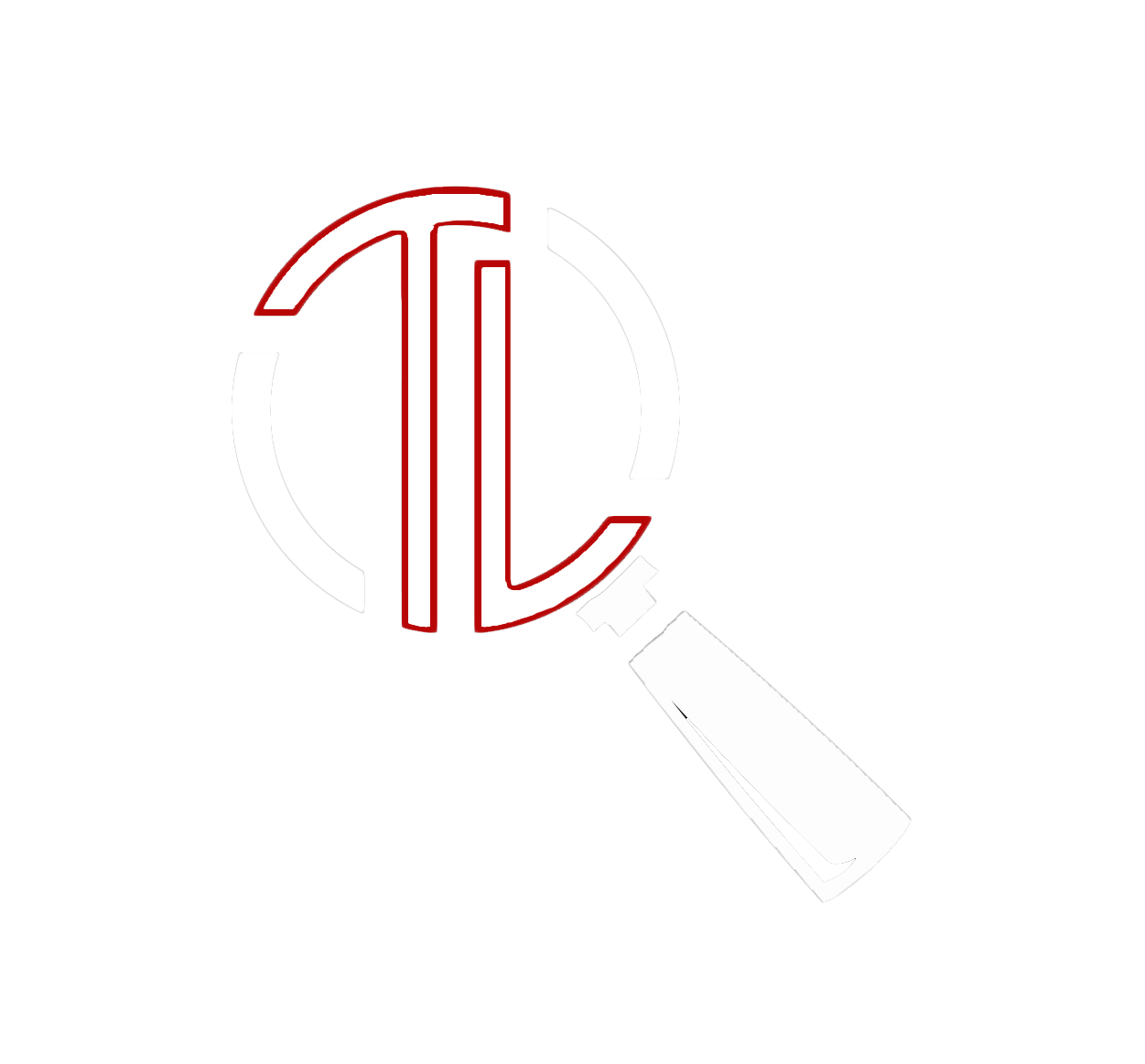How Money Laundering Actually Works And How Criminals Get Caught

If you've ever watched a crime thriller or binged a true crime doc, you've probably heard the term money laundering tossed around like a dirty dollar bill. But what does it actually mean — and how do criminals pull it off without getting caught?
Spoiler: many do get caught. Eventually.
This article pulls back the curtain on one of the most intriguing—and often misunderstood—parts of the criminal underworld. Because while the crimes may start with violence, drugs, or fraud, they end with money. And that money has to go somewhere.
Let’s dive into what money laundering really is, how it works, and how the people behind it get caught.
💡 What Is Money Laundering?
At its core, money laundering is the process of taking “dirty” money—cash earned from illegal activities—and making it look clean. That means finding clever ways to move it into the legal financial system without raising suspicion.
It’s the final stage of most criminal enterprises—and it’s often their downfall.
🔄 The Three Stages of Money Laundering
Whether it's a drug cartel or a white-collar criminal, money laundering usually follows three basic stages:
1. Placement
This is when dirty money first enters the financial system.
Example: Someone walks into a casino with a suitcase of cash, buys chips, plays a few rounds, and then cashes out with a check. Or they deposit small amounts of cash across multiple accounts to avoid suspicion (a tactic known as “structuring”).
2. Layering
Here’s where it gets tricky. The money moves through multiple accounts, currencies, or shell companies to make it harder to trace.
Example: The money might bounce through a few online banks, disappear into cryptocurrency, or be “invested” in fake businesses overseas.
3. Integration
Now the money re-enters the economy looking clean and legitimate.
Example: Buying real estate, investing in a restaurant, or making big-ticket purchases like cars or art.
🧠 How Criminals Launder Money
There’s no shortage of creativity when it comes to cleaning dirty cash. Here are a few of the most common methods:
🧾 Cash-Intensive Businesses
Restaurants, bars, car washes, hotels—any business that deals in a lot of physical cash is perfect for mixing in illicit funds with real income. The more cash they claim to earn, the more dirty money they can clean.
Example: A diner that actually earns $2,000/day reports $3,500/day and quietly mixes in the extra cash from illegal sources.
🧼 Online Marketplaces & Auctions
Ever seen a random DVD listed for $999 on eBay? It could be a real collector’s item—or someone laundering money. The “buyer” and “seller” may be the same person, just using fake names and burner accounts.
🌍 Shell Companies & Trade Fraud
Some criminals create fake businesses to invoice made-up sales. Others inflate the value of real goods (like ordering $10,000 worth of liquor but invoicing $50,000). This tricks the system into legitimizing large sums of money.
💰 Cryptocurrency
Bitcoin and other digital currencies have added a whole new layer. Crypto can be transferred across borders quickly and quietly—making it harder to trace. Some coins like Monero are even designed to hide the sender’s identity.
🚔 How Criminals Get Caught
So how do law enforcement agencies catch them?
🏦 Bank Monitoring
Banks flag suspicious activity—like large cash deposits or strange transfer patterns—and file Suspicious Activity Reports (SARs). These reports often trigger investigations.
🤖 AI & Data Analytics
Software now tracks complex transaction patterns that humans might miss. AI is playing a big role in catching anomalies before they slip through the cracks.
🔍 Financial Sleuthing
Agencies like the Financial Crimes Enforcement Network (FinCEN) and IRS follow money trails, audit tax returns, and match lavish lifestyles against reported income.
⚠️ Common Criminal Mistakes
Even the smartest criminals mess up. Some of the most common errors that lead to arrests include:
- Using the same method over and over
- Fluctuating income that doesn’t match the season (like a car wash booming during a rainstorm)
- Bad paperwork or sloppy forged documents
- Trying to hide too much, too fast
📚 Real-World Example: Al Capone
Famous gangster Al Capone wasn’t brought down by guns or rival mobsters—he was arrested for tax evasion.
Despite running an empire of gambling, bootlegging, and more, Capone laundered money through fake businesses. But when investigators looked closely at his lifestyle vs. his official income, the numbers didn’t match.
That mistake landed him in prison—and proved that even the biggest criminals can fall through financial cracks.
🧩 Final Thoughts
Money laundering might sound like something out of a Netflix drama, but it’s very real—and it’s a major part of how criminal empires survive.
The good news? The systems used to stop them are getting smarter, faster, and more relentless every day.
So the next time you see a luxury car dealership in a sketchy part of town, or that suspiciously overpriced item on eBay… you just might be spotting a clue in a very real financial crime.
💬 Want more breakdowns like this?
Let me know what shady financial topics you want to explore next—art fraud? Offshore accounts? The dark side of cryptocurrency?
And if you haven’t yet, check out the Solitaire Series and Unreadable, where some of these themes sneak into the fiction world.
